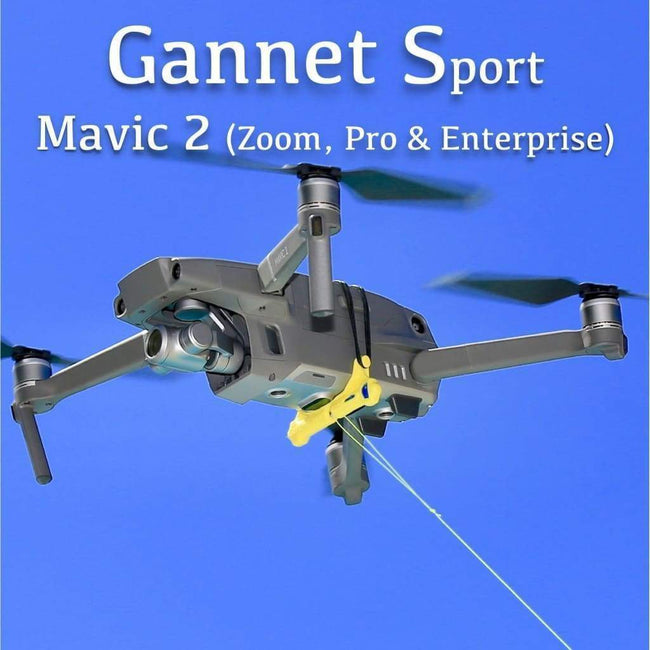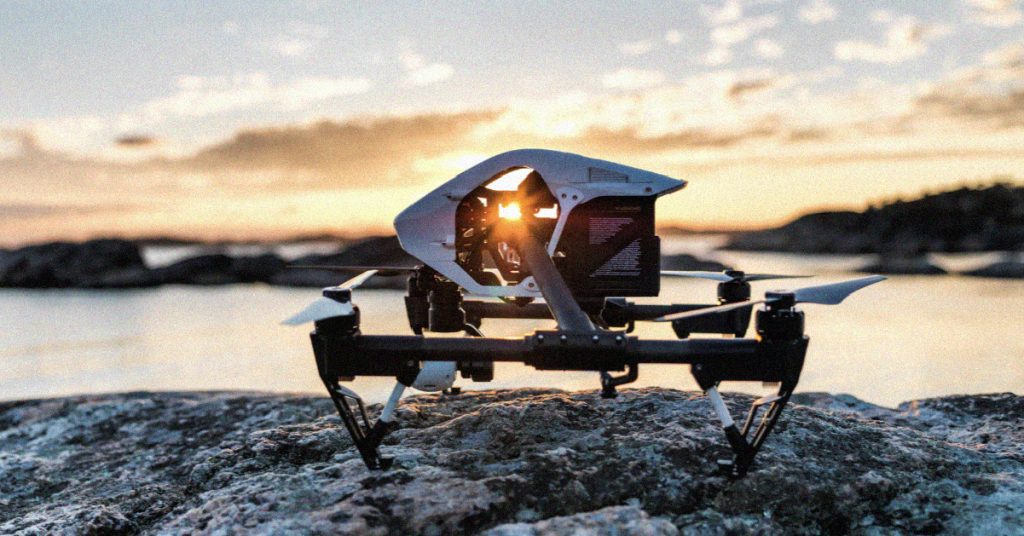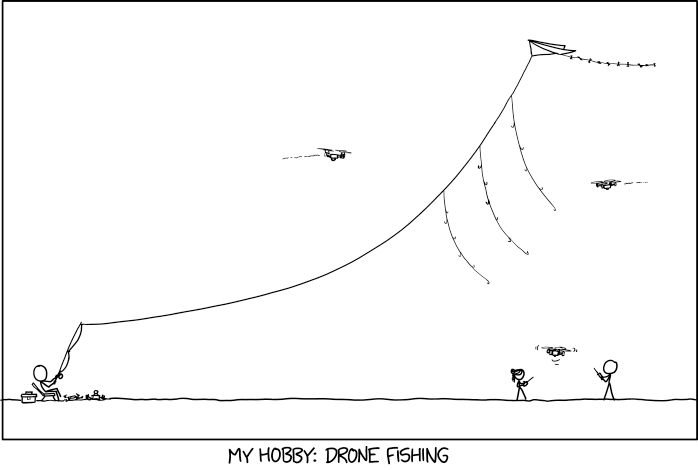
If you are an avid fisherman who lives in Australia, you may be able to use a drone and get an aerial view around the waters. A drone can have many features such as an angle adjustable camera and GPS positioning system. There are also fishing lines available that can be used for fishing. They are very stable and secure. One example is SKY RIGGER drone.
SKY RIGGER, a drone fishing line, is available
The SKY RIGGER flexible fishing line system allows you to fish from the sky with minimum effort. The system has two rotating leg clamps that can be mounted on a wide variety of drone models. The release mechanism has a bayonet style connection and a camlock arm to quickly open the line clamps. Sky RIGGER doesn't require batteries unlike other drones. This drone can take all kinds of fishing techniques and is safe.
The SKY RIGGER comes with an automatic release mechanism that allows you to let go of the line when a fish catches your fly. You can also release the line manually with your hand or rod. This feature is available for all models of the SKY RIGGER. It is strongly recommended that you first purchase a Phantom 3 before you purchase the new SKY RIGGER. The following are some pros and con's of the new line:
It is equipped with a mechanical payload transfer
One of the most important features of a good drone is its mechanical payload release. Many are designed to make it easy for anglers to remove their fishing line. Some models, however, do not include a release mechanism. To remove the drone from the fishing line, the user must "yank” the line. This can be frustrating, especially for people who aren’t comfortable using their fingers to release the line.

Another important feature is its payload release mechanism. The drone should have the ability to release its payload when it strikes a fish. Catch and release fishing is a skill that should be practiced before you attempt it. Several people have reported good results with the DJI Phantom drone. However, this technology has not yet reached the level of fishing drones that are available on the market.
It comes with a GPS location system
Rippton, a joint venture between Australia and the Netherlands that specializes on technology-oriented fishing products, is called Rippton. Its goal is to improve anglers' success rates by developing products that will enhance the experience of fishing. Rippton's Mobula drone has a GPS positioning system as well as a remote release. The Mobula has the ability to hold bait at surface, provide resistance for kite clips, as well as being environmentally friendly.
It is lightweight and weighs just 3 lbs. It can fly for up 18 minutes. It also has a high-tech GPS system, allowing it to be controlled from 2,000 yards away. It is capable of flying at 1000 meters (or half a kilometer) range and has intelligent flight modes. Its point of interest feature lets it take high-quality images of its surroundings. Its high-resolution camera allows you to get great views of fish.
It comes with a failsafe feature
Aerokontiki has an emergency feature that allows it to monitor the battery level and release the fishing line if necessary. It will return to dry ground if it experiences a battery failure and continue its mission. It has industrial-grade flight controls and can operate wherever it goes without recalibration. You can also use this drone in watery areas.

FAQ
Is it legal to fly a drone in the United States?
Yes, flying drones in certain countries is illegal, such as Australia and Canada, Germany, Japan. New Zealand. Singapore. South Korea. It is legal in some other countries, such as France and Italy, the Netherlands, Poland, Russia or Switzerland, Turkey, Ukraine, and Vietnam.
What laws are there regarding drones flying?
The Federal Aviation Administration (FAA), in the United States, regulates all aspects related to drone operations. A certificate issued by the FAA is required to commercially operate a drone. First, you need to take a course about piloting and pass an exam. Final, you will need to pay a fee.
Are drones allowed to be used at public events
If you observe the rules, then you can fly a drone wherever you want. However, if you plan to fly your drone during a public event such as a parade, festival, or concert, you will need approval from the event organizers.
What is the law on drones flying over private property?
The FAA has recently issued new rules for commercial drone flights. These rules apply to UAVs with a weight less than 55lbs and that fly at a height of below 400 feet from the ground. Commercial operators need to register with the FAA in order to obtain a license. They also need permission from local authorities when operating near airports or other restricted areas.
Statistics
- According to the multiple listing service (MLS), houses and apartments with drone photographs are up to 68 percent more likely to sell than those without pictures. (thedroneu.com)
- According to ZipRecruiter, the minimum hourly wage of drone pilots is $20. (thedroneu.com)
- With the top 10% making over $100/h and the bottom 10% making as low as $10/h. (dronesgator.com)
External Links
How To
How to Fly Drones with Beginners
A drone is a remotely-controlled aircraft that is used for aerial photography and surveillance. Drones have been in use since World War II. DJI's Phantom series quadcopters were first commercially available in 2010. There have been many types of drones since then, including beginner-friendly drones like the Parrot AR Drone 2.0 and professional-grade multi-rotor crafts like the DJI Mavic Pro.
There are many ways to fly a drone.
-
Remote control – This is when you attach a device to your hand that allows you to control the drone's flight path. There are two types of controllers available: joysticks and on/off switches.
-
Manual Control – This allows remote operation of the drone via GPS coordinates using a smartphone application. The app will provide instructions and help you to locate the drone.
-
Autonomous Flight: This means that the drone will take care of all the piloting. It basically flies autonomously without any human intervention. A drone must have a builtin camera and sensors capable to capture images and other data.
-
Triggered Flight - This method is similar to manual control, except the pilot manually sets up a preprogrammed route, and the drone follows that route until it reaches the endpoint. After the program is complete, the drone automatically returns to the ground.
-
Landing Gear: Some drones have landing gear that allows them safely to land in case they lose power or run low on battery.
-
Goggles - Some pilots wear goggles to protect themselves from debris while operating.
-
Camera – Some drones have cameras, which allow you to take photos or videos from up high.
-
Obstacles - Some drones can be equipped with obstacle avoidance systems that prevent them from crashing into obstacles.
-
Speed – Some drones can reach speeds in excess of 40 mph.
-
Battery Life - Most drones are capable of lasting between 20 minutes and three hours, depending on the power that you use.
-
Range - Some drones can travel upto 30 miles depending on their models.
-
Power source - Some drones need an external power source, while others use internal batteries.
-
Weight - Some drones are lighter than others, while some models can weigh as much as 4 pounds.
-
Size - Drones come in many sizes, from small gadgets that fit in one's hands to large craft that weigh more than 50 lbs.
-
Price - Drones come in a variety of price categories, including high-end models which can run into the thousands and low-cost options that can start at $100.